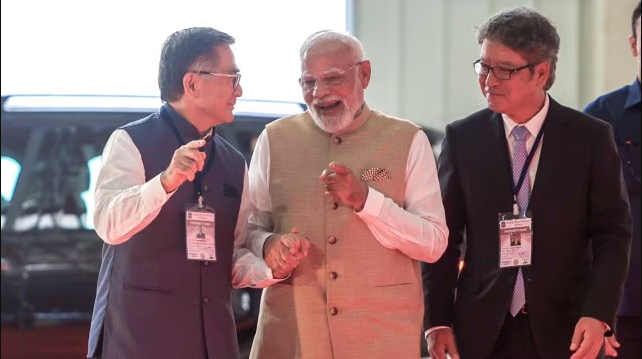Prime Minister Narendra Modi will travel to Japan on August 29-30 for the 15th India-Japan Annual Summit. He will meet Japanese Prime Minister Shigeru Ishiba for the first time in this format. The visit will focus on security, economy, technology, energy, and people-to-people exchanges.
Both sides are expected to upgrade the 2008 Joint Declaration on Security Cooperation. They will review progress in defence, technology transfer, and work together on security in the Indo-Pacific region.
On the economic side, the two leaders will launch an economic security plan that covers semiconductors, artificial intelligence, clean energy, telecommunications, and critical minerals. India and Japan had earlier set an investment target of 5 trillion Yen by 2026. That goal has already been reached in 2025, and now both sides will raise the target to 7–10 trillion Yen.
A digital partnership will also be launched, with focus on AI and semiconductors in public infrastructure. Along with this, a new energy partnership will work on hydrogen and renewable energy projects.
Since Japan is already helping with the Ahmedabad-Mumbai bullet train project, both countries are planning a mobility partnership covering railways, roads, and bridges. Modi and Ishiba are also expected to travel to Sendai, a Japanese city known for semiconductor industries, by bullet train.
The visit will also promote local partnerships between Japanese prefectures and Indian states. In the people-to-people area, India’s young workforce and Japan’s aging population are likely to cooperate in skill development and employment.
The two leaders will issue a joint statement and a vision document to guide the future of the Special Strategic and Global Partnership. The visit aims to make India and Japan’s relationship stronger in security, economy, digital technology, and sustainable development.



